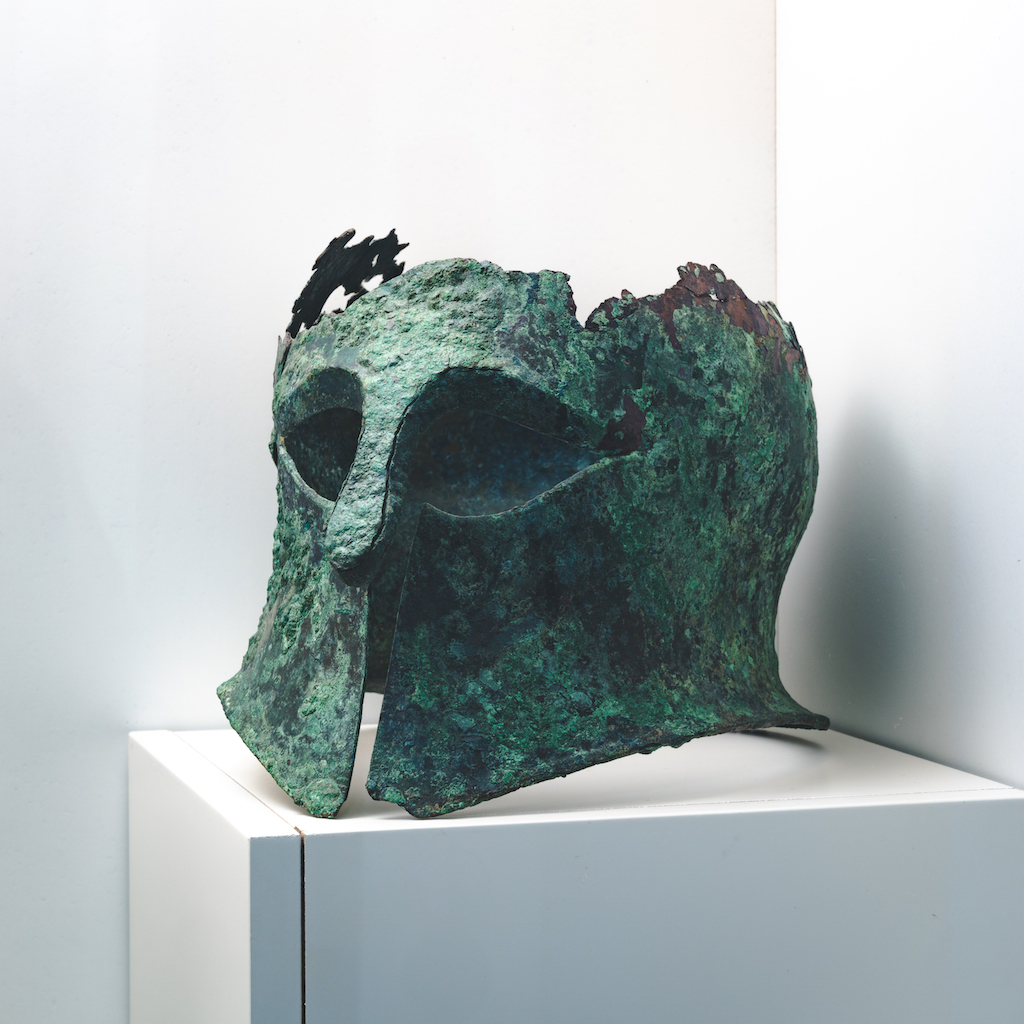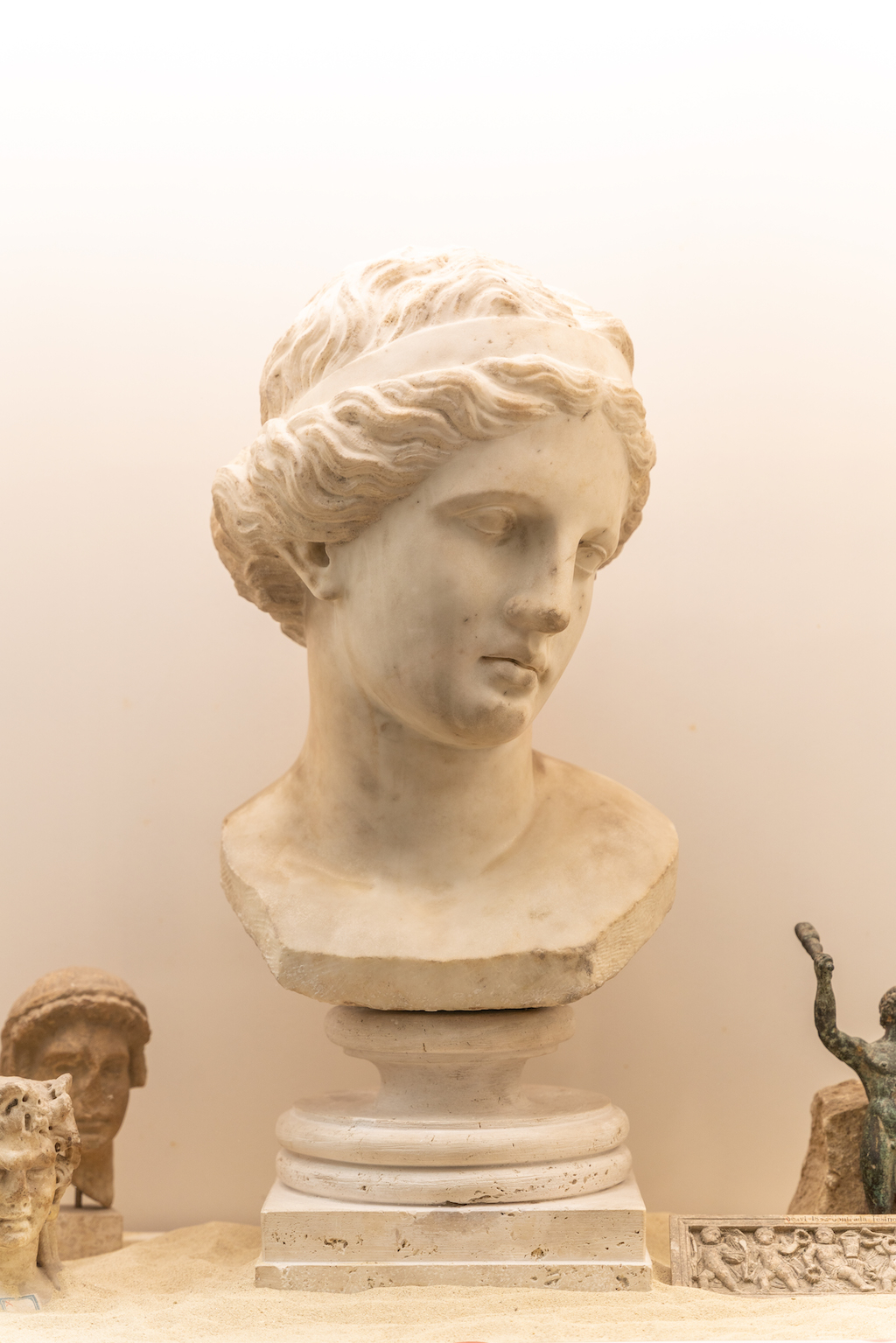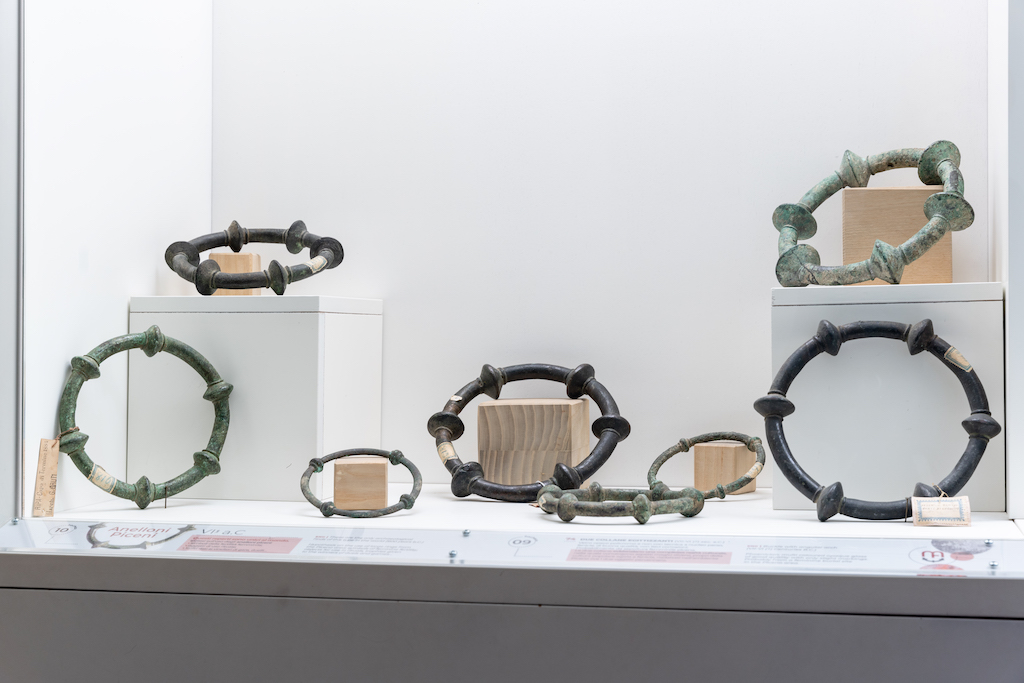Il Museo Civico Archeologico che porta il nome di chi nel 1877 lo fondò, cioè Don Cesare Cellini, canonico della Cattedrale e Cavaliere della Corona d’Italia, è uno dei più ricchi, importanti e visitati musei della Regione Marche. È rimasto chiuso dal 1977 al 1985, per dare ad esso una migliore sistemazione, basata su criteri cronologici, scientifici e didattici. Se ne fecero carico tre funzionari della Soprintendenza Archeologica delle Marche: la Dott.ssa Mara Silvestrini (preistoria, protostoria), la Dott.ssa Edvige Percossi (civiltà picena), l’Arch. Pierluigi Salvati (progettazione, corredo didattico-didascalico); la Dott.ssa Simonetta Piattelli curò il settore numismatico nella sezione romana. La cerimonia di riapertura si svolse alle ore 17 di domenica 5 maggio 1985, presenti i tre funzionari allestitori, autorità locali, esperti ed appassionati di archeologia, presidenti di alcune sedi marchigiane dell’Archeoclub d’Italia, tanti cittadini. Con il nuovo allestimento il Museo si è trasformato (uno dei rari esempi nelle Marche) in un valido strumento didattico e scientifico, indispensabile per offrire al visitatore una chiara visione dei processi storici succedutisi nel territorio: per questo, ogni anno è visitato da migliaia e migliaia di persone, comprese scolaresche, provenienti non solo dalle Marche ma anche dall’Abruzzo, dal Lazio e dall’estero. I reperti custoditi sono circa 4.000 comprese le monete: quelli esposti, ovviamente i più significativi ed i meglio conservati, sono circa 500, sistemati in cinque sale ed in un corridoio, in 32 armadi, su supporti, su griglie: essi danno la possibilità al visitatore di ricostruire l’evoluzione della frequentazione nel territorio di Ripatransone (dal quale proviene circa il 90 % del materiale), dalla preistoria alla civiltà romana; materiali litici: paleolitico (vetrinetta n. 1), neolitico-eneolitico (n. 2); materiali dell’età del bronzo (n. 3); i materiali dell’età del ferro (vetrinette nn. 4-26) costituiscono il nucleo più consistente, essendo reperti della civiltà picena (secoli IX-IIl a.C.), databili per la maggior parte VI secolo a.C.; questa sezione è stata allestita sia con criteri tipologici (oggetti ornamentali, vetrinette nn. 4-10; di uso militare:11-12, di uso domestico:13-16), sia con criteri topografici (indicazione delle contrade di rinvenimento, vetrinette 17-26). Tra i reperti della civiltà picena si segnalano: le collane (vetrinetta n. 9), ali anelloni (oggetti tipici dei Piceni, vetrinetta n. 10), gli elmi (12), la tomba di donna (ricostruita), i poppatoi (20), i buccheroidi (materiale fittile di colore scuro, di imitazione etrusca).
La sezione della civiltà romana (destinata ad ampliarsi) è sistemata nell’ultima sala e nel corridoio grande: fatta eccezione per alcune monete, i reperti sono databili I sec. a.C. – I sec. d.C.; si segnalano: il busto di Venere in marmo (vetrinetta n. 30), le lucerne (32), le urne cinerarie, frammento di affresco pompeiano, urna cineraria monumentale (I sec. d.C.) di Aulo Volumnio Platano liberto di Aulo (pezzo raro in Italia ed in Europa); interessante il lapidario per l’assortimento dei reperti, fra cui frammenti di calendario e la lapide tombale con epigrafe di Buxurio truentino, di nome Tracalo, architetto.
Il locale del piano rialzato ospita dal 1998 la sezione medievale; tra i pezzi, un elegante fonte battesimale con bassorilievi, databile XXI secolo; un trittico in pietra (mutilo, stesso periodo), quattro eleganti fibule longobarde (sec. VI), lucerne in ferro ed in terracotta. Il locale adiacente custodisce dal 21 aprile 2001 la sezione moderna; fra le curiosità, uno dei laterizi usati per richiudere la Porta Santa della basilica Vaticana di S. Pietro alla conclusione del Giubileo dell’anno 1775.
IAT – Museo Civico Archeologico “Cesare Cellini”admin2023-05-14T09:11:26+02:00


